Designed by Paul Smith 2006.
This website is copyrighted by law. Material contained herewith may not be used without the prior written permission of FAUNA Paraguay.
Material on this page was provided by Paul Smith and is used with permission.
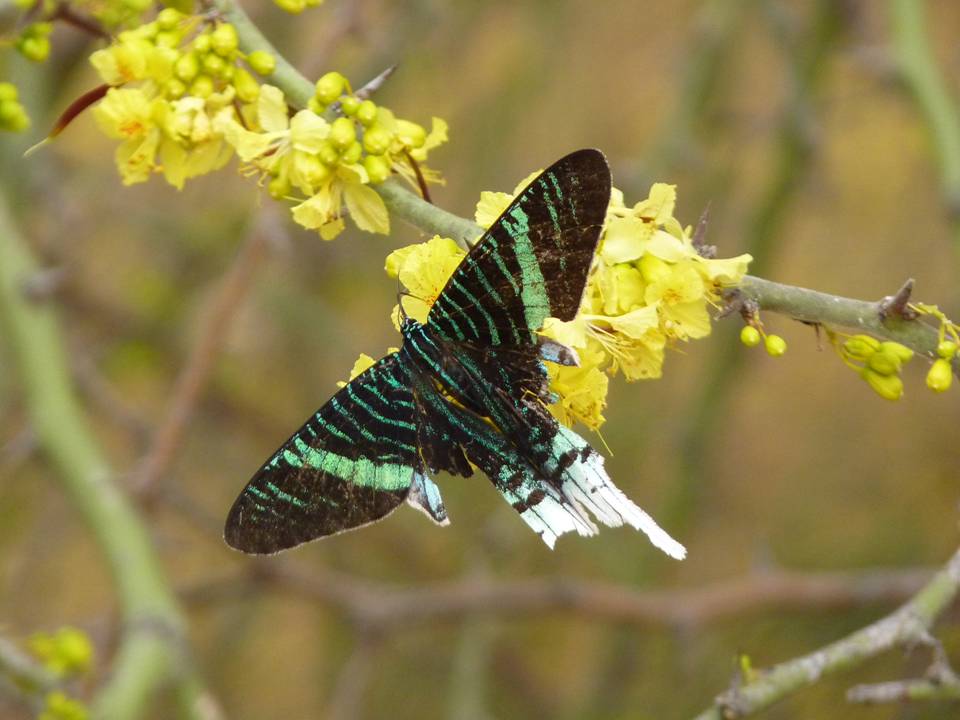
|
|
FIGURE 1
|
|
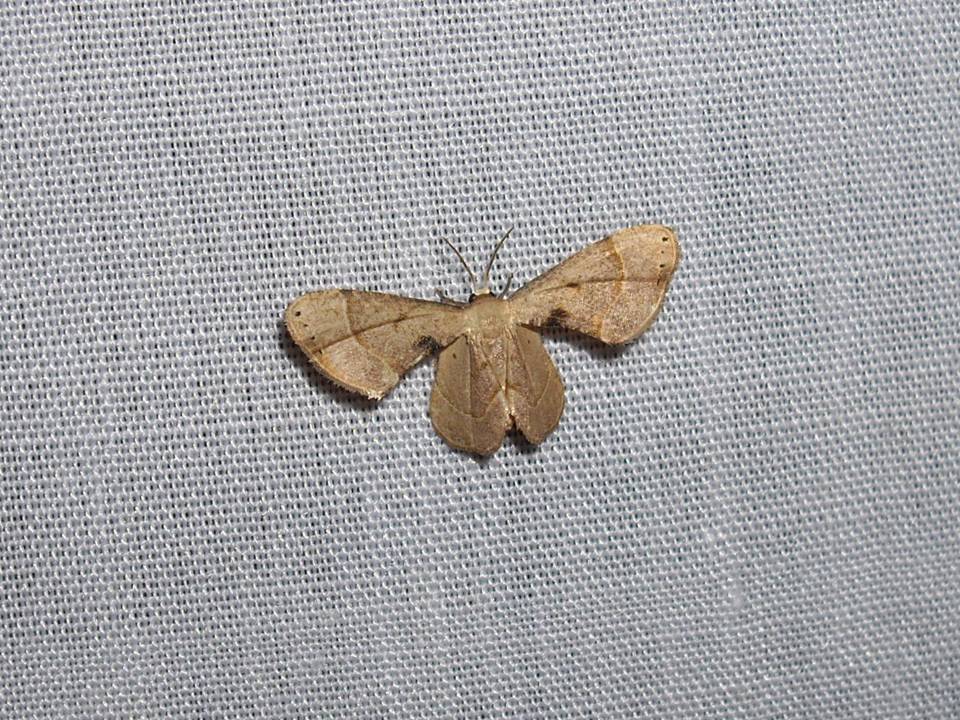
|
|
FIGURE 2
|
|
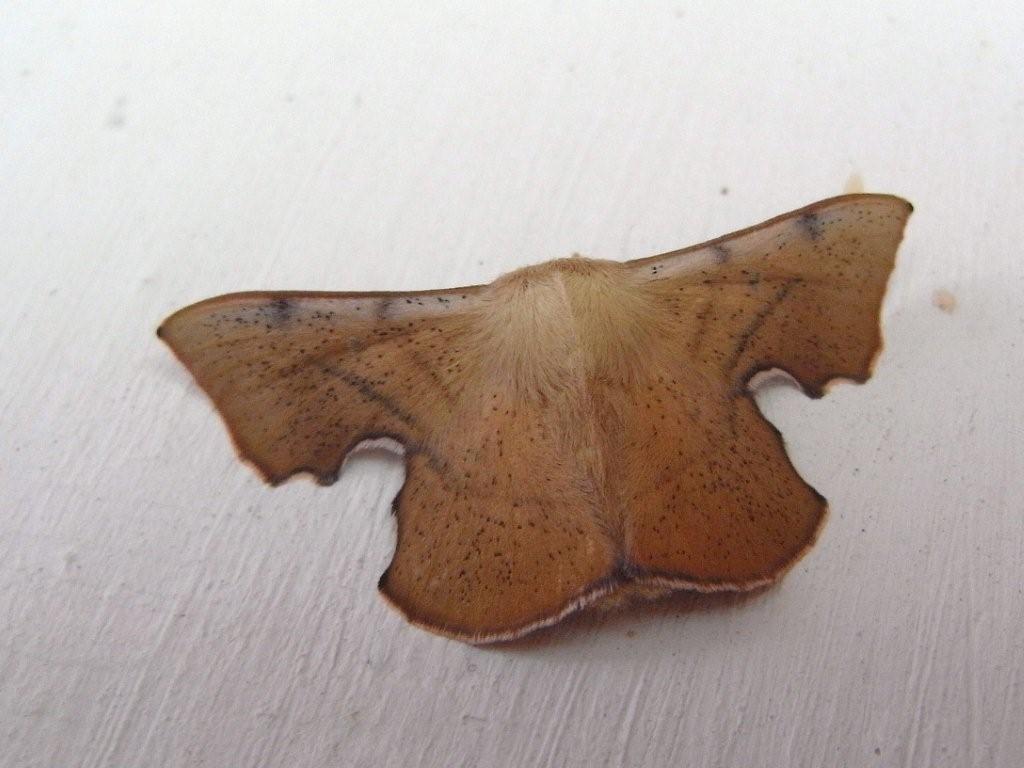
|
|
FIGURE 3
|
|
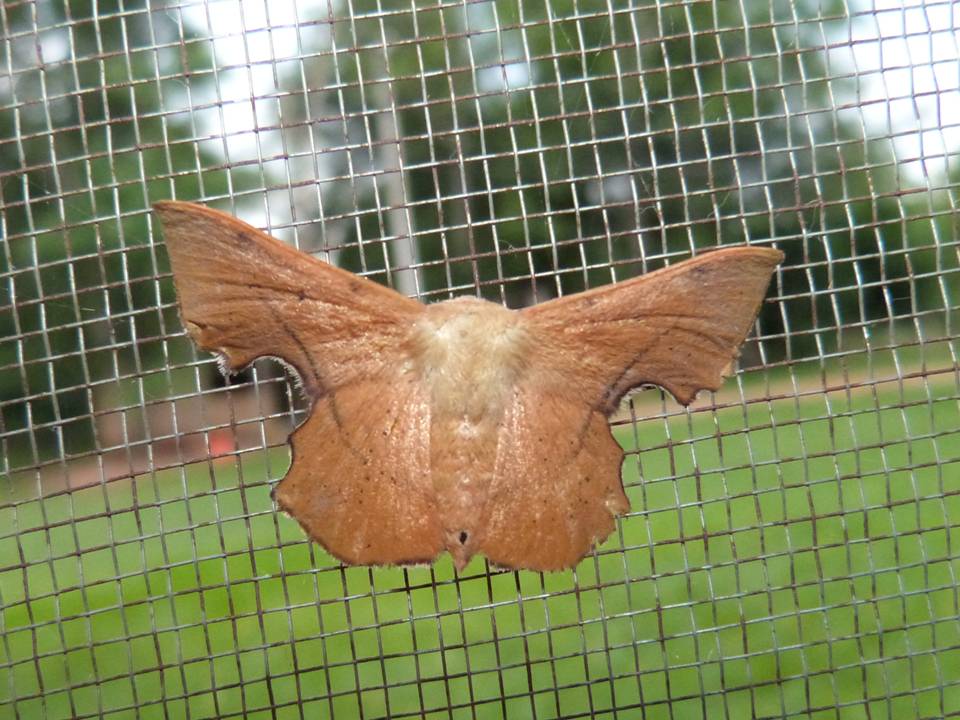
|
|
FIGURE 4
|
|
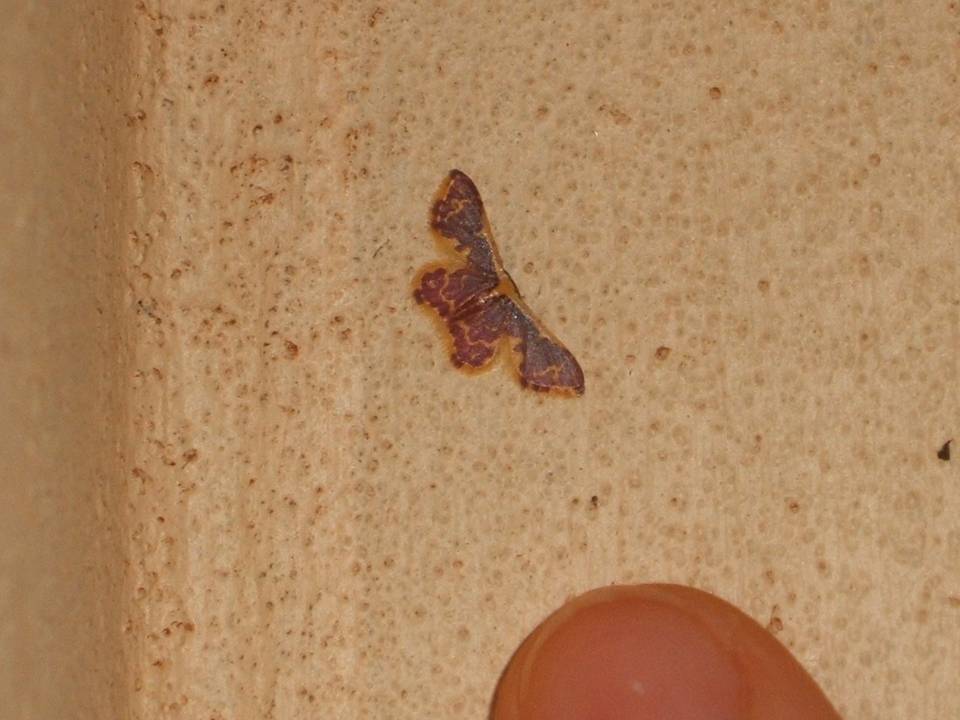
|
|
FIGURE 5
|
|
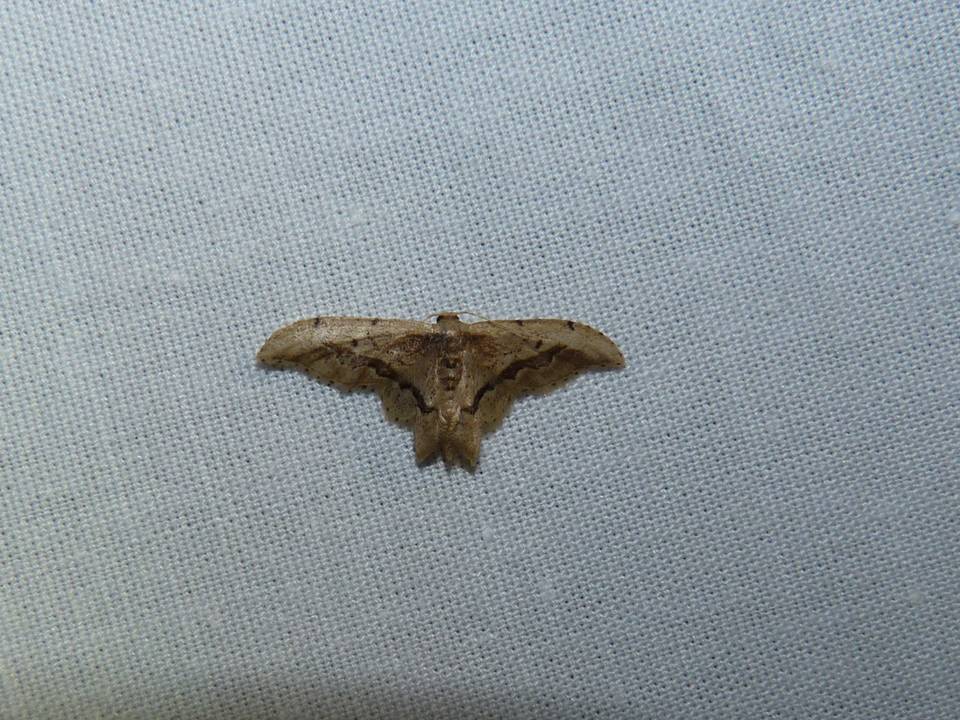
|
|
FIGURE 6
|
|
FIGURE 1 - Urania leilus (Uraniidae) - PN Tte Enciso, Departamento Boquerón (Paul Smith August 2011).
This is the first record of this species in Paraguay.
FIGURE 2 - Unidentified sp. (Epipleminae) - RN Laguna Blanca, Departamento San Pedro (Jeni Oborn May 2010).
FIGURE 3 - Unidentified sp. (Epipleminae) - Ayolas, Departamento Misiones (Jonathan Newman September 2009).
FIGURE 4 - Unidentified sp. (Epipleminae) - Mbaracayaú Biosphere Reserve, Departamento Canindeyú (Paul Smith September 2014).
FIGURE 5 - Unidentified sp. (Epipleminae) - PROCOSARA, Departamento Itapúa (Jeni Oborn April 2008).
FIGURE 6 - Unidentified sp. (Epipleminae) - RN Laguna Blanca, Departamento San Pedro (Paul Smith June 2010).
URANIIDAE - MOON MOTHS
A largely tropical group that contains several spectacularly-coloured and tailed species (Uraniinae), however the inclusion of the Epipleminae (Twistwings, Epipleminae) means that most species are dull-coloured, though of distinctive appearance. Many species of Uraniinae are migratory.
Characteristics
Thickened partly dentate antennae in males. Proboscis developed and maxillary palpi single segmented. Epiphysis present and tibial spur formula 0-2-4 or 0-2-3. Forewing metathoracic locking device is absent. Frenulum present, or absent and with humeral angle of wing expanded.Tympanal organs at the base of the abdomen are sexually dimorphic.(Scoble 1995).
Uraniinae - Large, colourful, day-flying moths that resemble Papilionids.
Epipleminane - Small, dull coloured, with hindwings folded along the abdomen at rest and forewings extended horizontally but often rolled or curled.
Life Cycles
Larvae of Uraniinae feed on Euphorbiaceae, those of Epipleminae being more catholic but not recorded from Euphorbiaceae. Prolegs normally developed. (Scoble 1995).
Classification
Current thinking places the group in the superfamily Geometroidea jointly with the Sematuridae and Geometridae. Formerly placed in the subfamily Uranioidea.
Click on the images to enlarge them.
Superfamily Geometroidea: Family Uraniidae
References:
Scoble MJ 1995 - The Lepidoptera: Form, Function and Diversity - Oxford University Press, Oxford.


